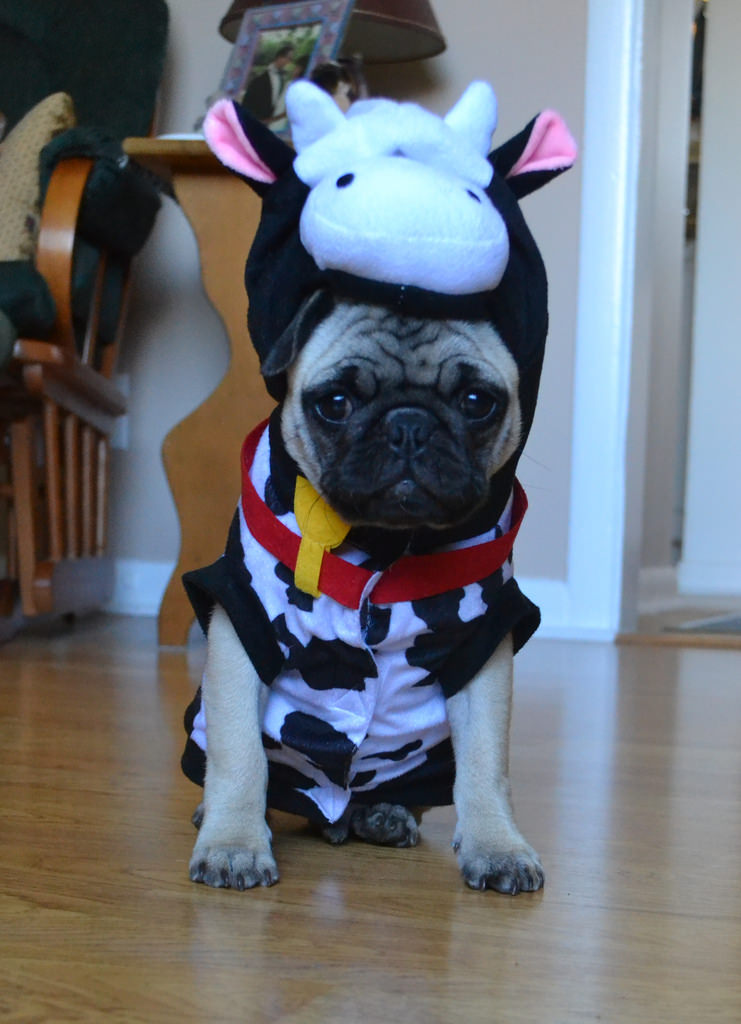The history of blood transfusion
Spanning almost half a millennium, the integration of blood transfusion into society faced many twist and turns. Today, it is a standard medical procedure that saves thousands of lives every year. Though the sight of a syringe may make you queasy, blood donations help make transfusion possible. As Halloween approaches, make sure any donations you do decide to make are taken by healthcare professionals and not a person referring to themselves as ‘Count’…

1600 – 1800: Early discovery
1628
If we head back almost 500 years, we’ll find ourselves bearing witness to the work of British physician William Harvey. Harvey was first to describe accurately how blood is pumped around the body by the heart – thus discovering blood circulation. Shortly after his discovery, the first attempts at transfusion took place.
1665
However, the first recorded successful blood transfusion was not performed on humans. English physician, Richard Lower, prolonged a dog’s life by transfusing blood from other dogs.
1667
Lower followed up his research by attempting to transfuse blood from lambs to humans. Earlier in the year, Jean-Baptiste Denys, performed a similar procedure in France. Their reports gave variable results, but neither contained signs of success. The adverse reactions to the trials however caused a major backlash in both France and England, leading to the decree of Chatelet in 1668. This virtually abolished all forms of transfusion for the next 150 years, though experiments continued elsewhere in Europe and America.
1795
Over 100 years later, American physician, Philip Syng Physick, performed the first successful human to human blood transfusion in Philadelphia. Though his research may have proved revolutionary, his results were not made public.

1800-1900: Transfusion treatment and a milky twist
1818
Back in Britain, James Blundell, a British obstetrician, successfully uses blood transfusion to treat postpartum haemorrhage. His method involved a patient, her husband and a syringe for transfusion. He would continue to perform 10 more transfusions with a 50% success rate. He also devised various instruments for performing transfusions. This wasn’t Blundell’s final notable involvement in transfusion.
1840
At St. George’s School in London, Samuel Armstrong Lane, aided by consultant Dr. Blundell, performed the first successful whole blood transfusion to treat haemophilia.
1854
Blundell’s reintroduction of transfusion saw widespread practice of the procedure throughout Europe and somewhat in America for the next 50 years. Unfortunately, little progress was made with many transfusionists resorting to animal blood. They faced a similar struggle with results and transfusion as a whole slipped back into disrepute. It was at that time that transfusion saw a bizarre twist in its history. Physicians hunted a potential blood substitute and decided that milk would be the panacea. Yes, that’s right, milk from animals.
Milk transfusion was first attempted in 1854, by Drs. James Bovell and Edwin Hodder, in Toronto. The procedure, using 12 ounces of cow’s milk, seemed to show positive results with the first two patients, however, the following two patients died. A pupil of Bovell’s continued the procedure which led to the deaths of two more patients.
1873-1880
Milk transfusion was not performed again until 1873 and for the next seven years, many American physicians attempted to use it effectively. Unfortunately, it was largely unsuccessful.

1900 – 2000: War pressures, blood banks and HIV
1900
Austrian physician, Karl Landsteiner, discovered the first three human blood groups. He named the blood types: A, B and C (type C was later changed to type O). Landsteiner’s colleagues: Alfred Decastello and Adriano Sturli, added the fourth type, AB, after two years of study. His discovery won him the Nobel Prize for medicine in 1930.
1907
Transfusion techniques evolved with the invention of anastomosis by French surgeon, Alexis Carrel. This method effectively prevented clotting by sewing the vein of the recipient directly to the artery of the donor. A number of physicians practiced this vein-to-vein or direct method, particularly in the US. The procedure ultimately proved unfeasible for blood transfusions, but inspired successful organ transplantation, for which Carrel won the Nobel Prize for medicine in 1912.
1914 – 1918 (WW1)
1914 saw the arrival of World War 1. The pressures of the high numbers of casualties created a focus on two main advancements. The first was aimed at preventing blood from clotting to transform the procedure from direct to indirect. This was achieved by using blood anticoagulants (blood thinners), such as sodium citrate, which stopped blood clotting. The second goal was to increase the preservation of blood. Richard Weil demonstrated the feasibility of refrigerated storage of anticoagulated blood, thus prolonging its life.
This discovery also allowed for the establishment of the first blood depot by the British during World War I.
The success of blood transfusion in treating the wounded during WW1 led to its clinical acceptance during the inter-war period and increased its use in the community as well as in WW2.
1932
A Russian physician named Dr Andre Bagdarsov stored a bottle of blood for 21 days, thus creating the world’s first blood bank. The community soon saw the introduction of blood banks, which effectively stored and maintained blood through refrigeration.
1946
1946 saw the birth of the National Blood Transfusion Service – now part of NHS Blood and Transplant. Since its establishment, the National Blood Transfusion service has seen the number of blood donors increase from 270,000 to 900,000 and the number of yearly donations rise from 200,000 to 1.6 million.
1950
Carl Walter and W.P. Murphy, Jr., made influential developments in blood banking by introducing the plastic bag for blood collection. By replacing the glass bottle, there became less risk of breakage.
1983-85
In 1983, scientists identified Human Immunodeficiency Virus (HIV) as a cause of AIDS. People were well aware of spreading AIDS through sexual contact, but it soon became apparent that the disease could be transferred by blood transfusion. Researchers frantically developed blood-screening tests to detect HIV. Blood banks quickly implemented the screening tests to protect their blood supply.
Present
In our modern age, blood transfusions save countless lives and make many surgical techniques possible. According to Give Blood England and Wales, over 25% of us will require blood at least once in our lifetime. Transfusion is essential for our medical system and without it, many of the health innovations we benefit from today would never have been possible.
Register here to #GiveBloodThisHalloween!

Medstars Medical Concierge Service
Looking for extra guidance when it comes to your healthcare? Sometimes interpreting medical information and making the best decisions can be daunting and complicated. Our private medical concierge service provides easy access to top UK health experts. We guide our patients with genuine choice and trust, offering a bespoke service for anyone in the world seeking private UK healthcare. Learn more about Medstars Medical Concierge Service. Want to learn more about providing our medical concierge service as an employee benefit? Learn more about Medstars Medical Concierge for Business.
